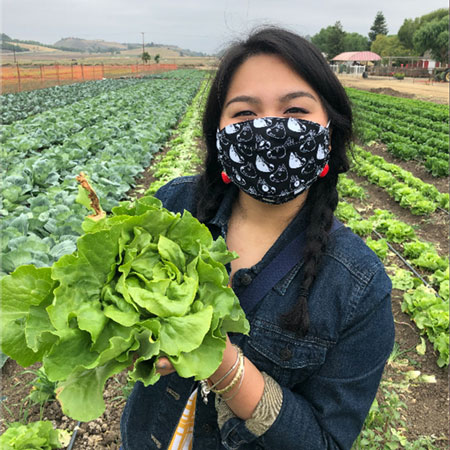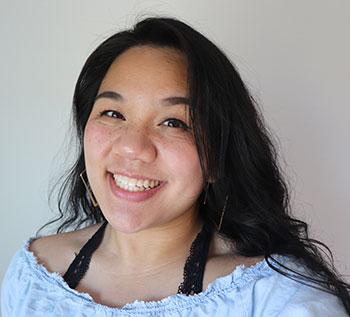By Melissa Mae Santos, '21
The night before I left Stanford to start the shelter-in-place with my family in Los Angeles, I was at the Cantor.
I remember being in the Rodin Rotunda with my fellow student guides and classmates attending the First Friday event when we all received the email announcing the official cancellation of in-person classes.
The next morning, I drove back home, unsure when I’d return to campus. Although that was the last night I physically spent at the Cantor, I’ve been there mentally ever since.
In transitioning to virtual work, I’ve had to rediscover the things I love about the Cantor without the physical space that usually anchors the museum experience. I’ve worked alongside other student guides to reimagine our gallery tours digitally, and I’ve assisted during virtual Second Sunday art-making events. I was humbled to be part of the Solidarity: Giving Voice through Art event in June, where I was able to virtually present Xaviera Simmons’s artwork from the upcoming installation When Home Won’t Let You Stay. The dialogue was in connection with ongoing conversations about racial injustice in America, specifically citing the role museums have played in perpetuating anti-Blackness and their responsibility to rectify that role. Even if it will be a while before we can walk through the Cantor again, these virtual events make me hopeful that we can continue to welcome the community to engage with art. In a way, these virtual experiences make art more accessible for those who couldn’t visit the museum.

Throughout spring and summer, I’ve also been a part of the Cantor Scholars program, mentored by Assistant Curator of Academic Engagement Kate Holohan. Inspired by Stephanie Syjuco’s I AM AN..., I’ve been creating a culinary magazine exploring the complexities of Filipinx-American identity, especially for immigrants like my parents. I’ve been interviewing community members over Zoom, researching Filipinx-American history, and writing about the intersection of food, culture, and identity. While at home with my parents, I’ve been able to shadow and photograph my mom in the kitchen so I can feature her story and recipes. Her ongoing struggle to obtain citizenship is what initially drove me to pursue this project. My hope is that the end product clearly reflects my deep admiration for her resilience, as well as my growing appreciation for the culture my parents raised me with. Pursuing this project with the support of my family and the museum has kept me grounded in recent months, bridging the divide I normally present between my family home and school life.
When we take away the physical hallmarks of the Stanford experience and replace them with spotty Wi-Fi and Zoom calls, it may seem as if there is nothing good left. However, in spite of these changes, I know my Stanford mentors, communities, and friends are here to stay. In the face of great uncertainty, their unrelenting drive to find new ways to build connection is what sustains me. It gives me hope that there is a way to continue growing, academically and personally, in this new normal.

